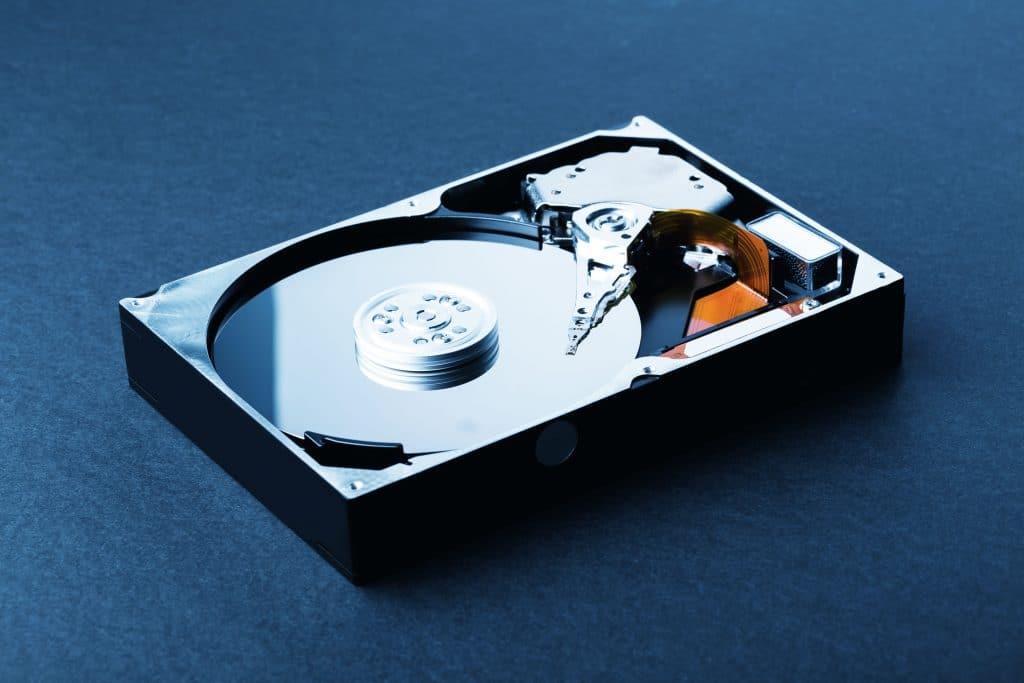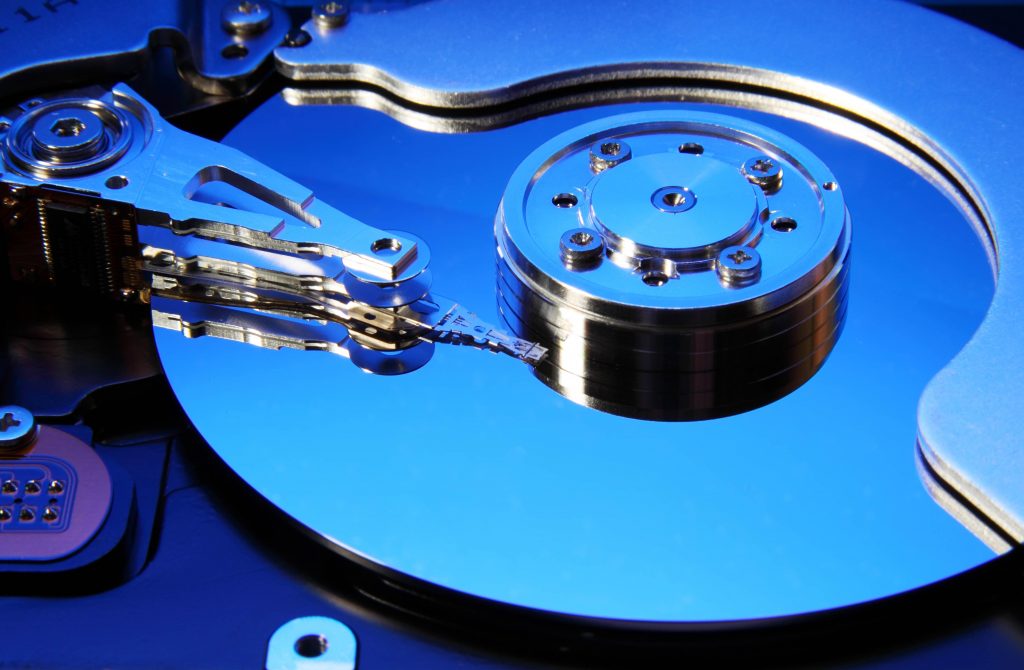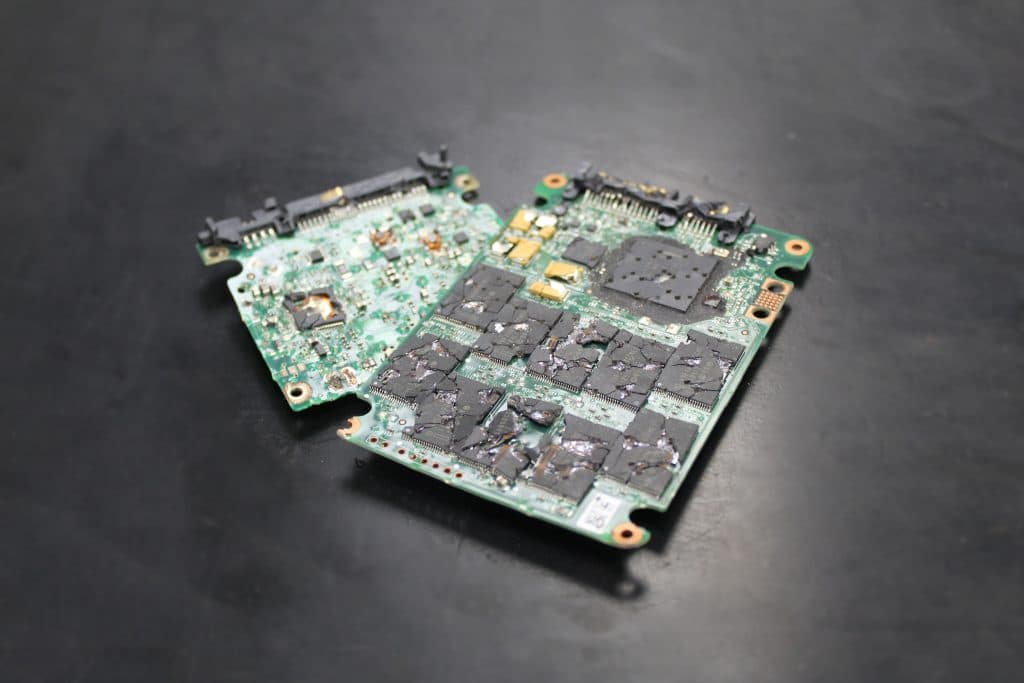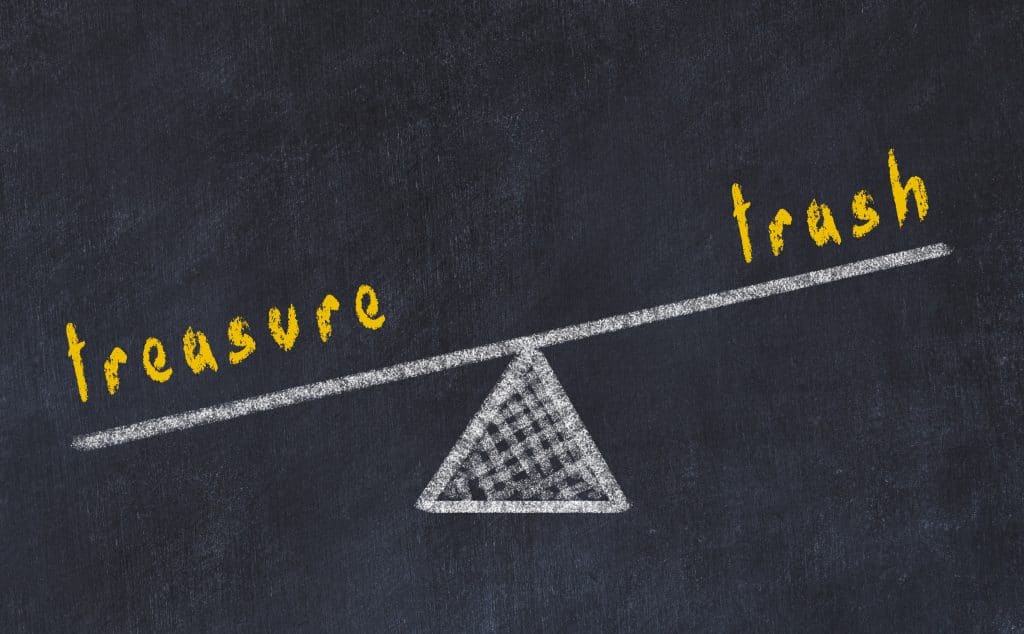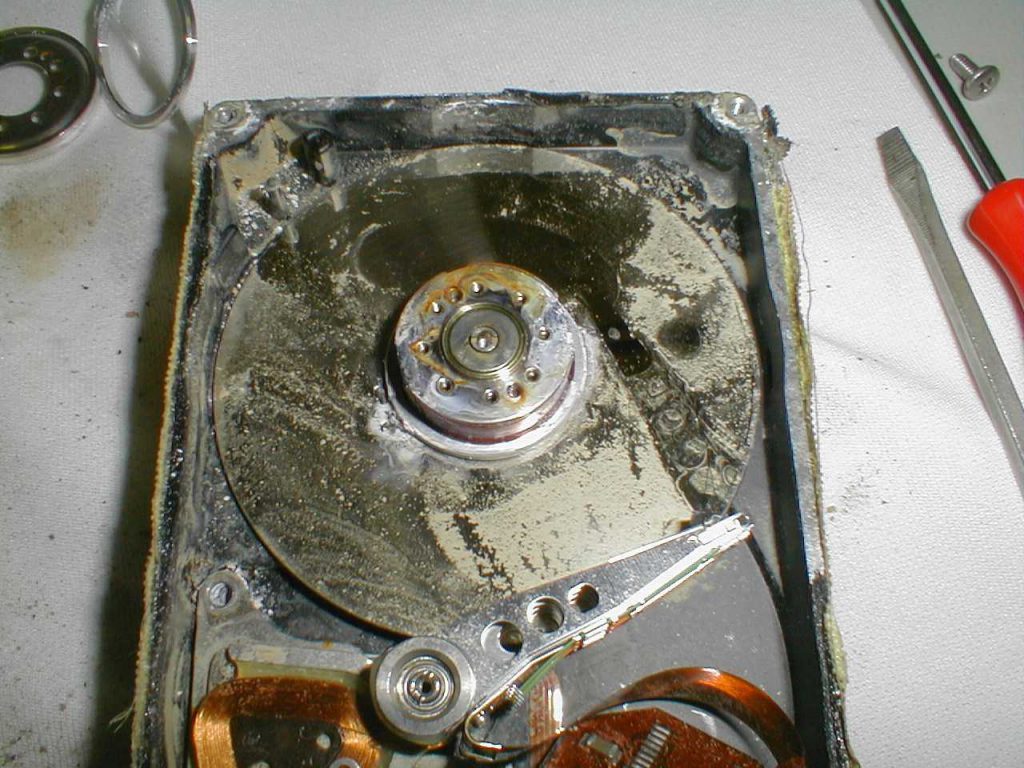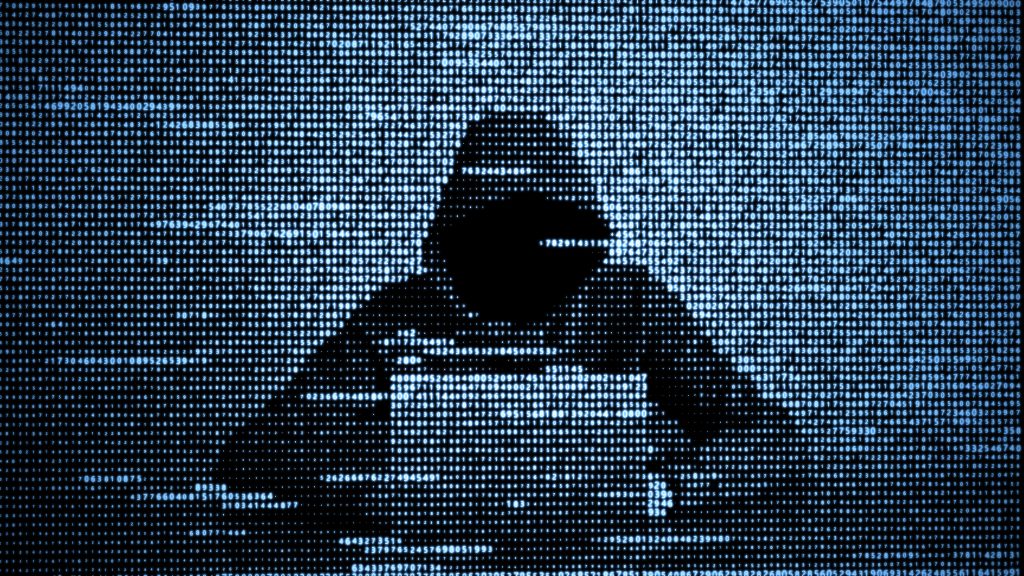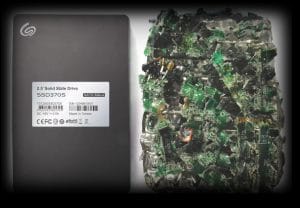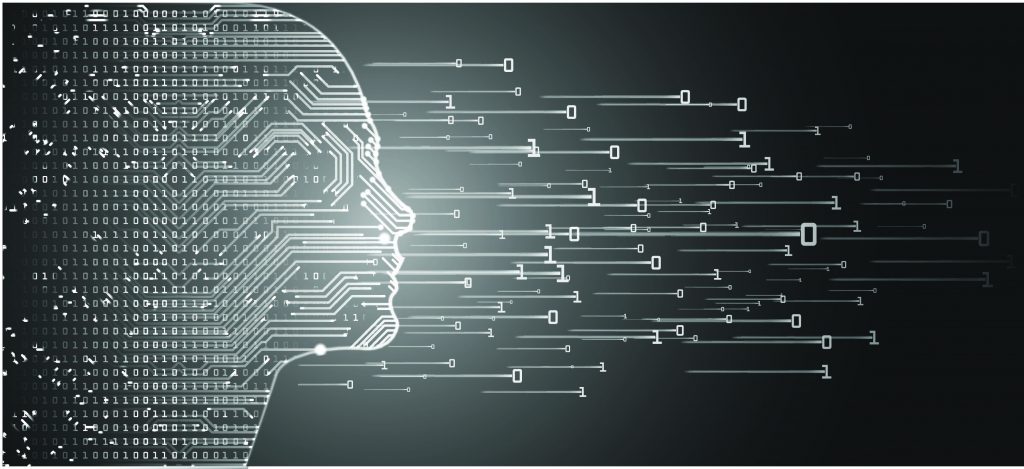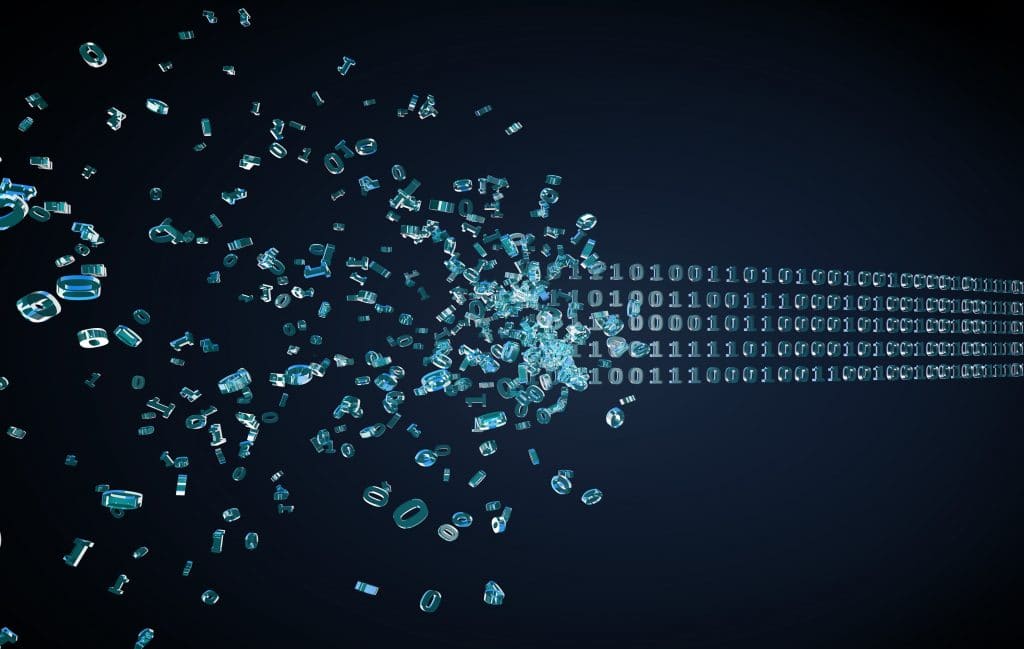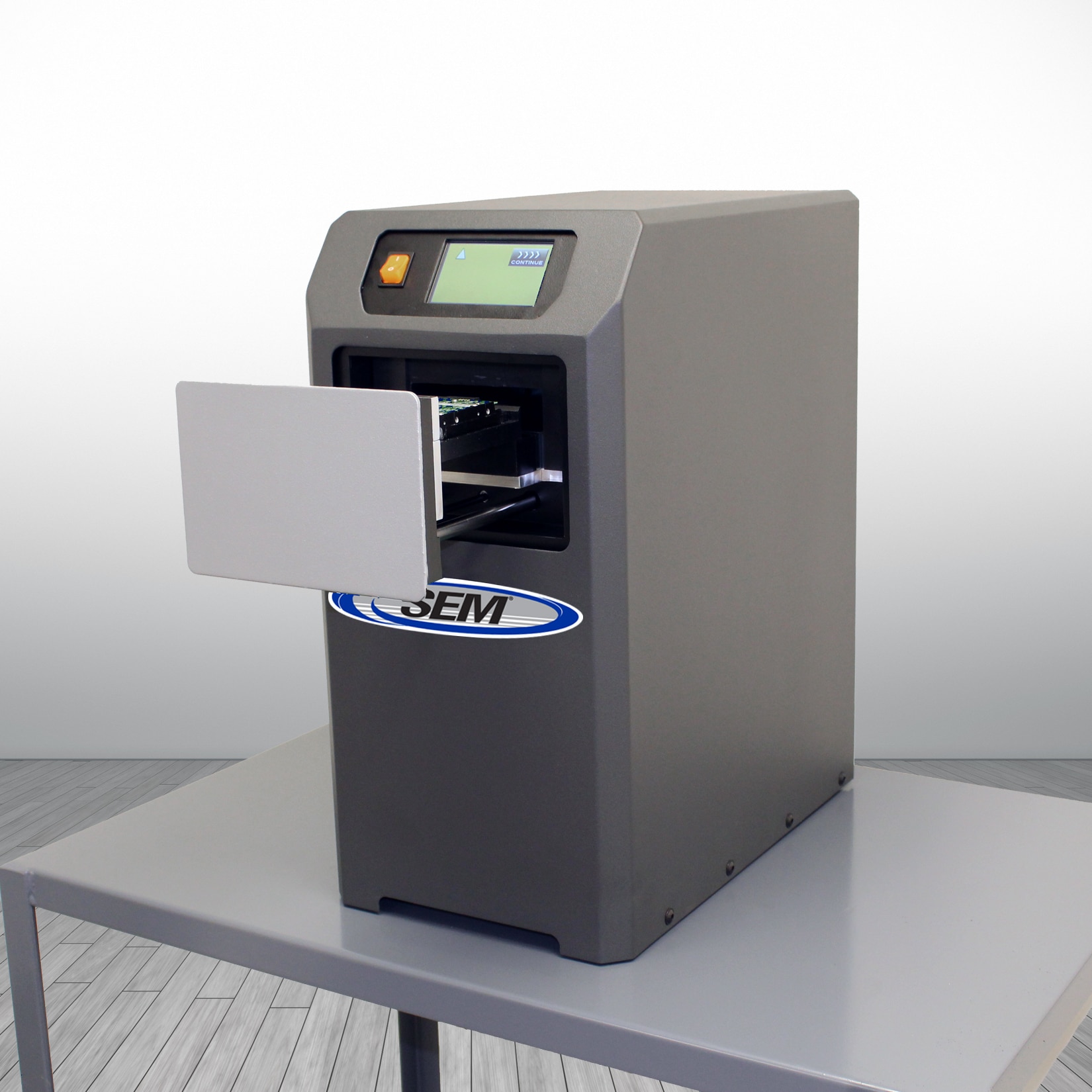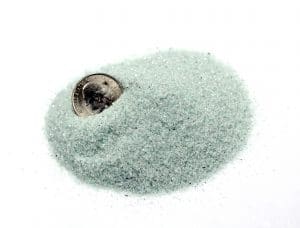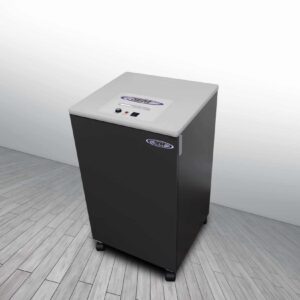Before we get into the nitty gritty differences between HAMR and MAMR and what they are, we want to give a quick refresher on hard disk drives (HDDs) and solid state drives (SSDs).
HDDs
Hard disk drives (HDDs) are a type of data storage device that use rotating disks, platters, and magnetic material to store and retrieve data. HDDs also contain actuator arms that read and write data while the rotational platters spin. While HDDs are cheaper and can store more data than their counterpart the SSD, they are slower and susceptible to data loss when interacting with magnets due to their internal magnetic material.
When it comes to destroying end-of-life HDDs, SEM always suggests best practices per the National Security Agency (NSA). Depending on the information stored on HDDs, they should always be destroyed either by shredding or crushing; however, if a drive contains classified information, degaussing prior to destroying the drive is required. Degaussing is the process by which a drive’s magnetic field is essentially scrambled, making the data and drive completely inoperable. Once degaussed, the drive should then be crushed or shredded by an NSA approved crusher or shredder. Combined, this is by far the most secure method of data sanitization for HDDs.
SSDs
Solid state drives (SSDs) are another type of data storage device that store data using integrated circuits. Unlike HDDs, SSDs do not include an actuator head and instead store information into cells that can be retrieved instantaneously. SSDs are also quite faster than HDDs, causing computers to run much more quickly. The downside? SSDs store less data per drive and can be significantly more expensive.
Since SSDs do not contain magnets, they cannot be degaussed. Therefore, they must be destroyed by a machine that is SSD-specific given the necessary final particle size. The final particle size is crucial to ensuring that none of your SSDs’ information is left behind. Since SSDs do not contain rotational platters, any small chip that is not destroyed can potentially contain proprietary information and get into the wrong hands. The NSA requires that end-of-life SSDs containing classified information be destroyed to a final particle size of 2mm or less. Drives containing other kinds of information can be destroyed in an SSD disintegrator, shredder, or crusher.
Now let’s get to it! Technical lingo aside, the two main techniques used to increase a hard disk drive’s capacity are adding more platters to the drive in order to increase its density, or adding more bits (or pieces of data) on a disk. Heat-assisted magnetic recording (HAMR) and microwave-assisted magnetic recording (MAMR) are just two steps in the evolutionary trajectory of data storage management.
HAMR
Since the media must be heated as data is being written, heat-assisted magnetic recording (HAMR) uses laser-powered heat to the drive’s grains, reducing the drive’s magnetic hardness. This process allows the drive to flip its magnetic polarity, and therefore bit value, through the temperature changes. This method uses recording material that is less prone to thermal instability, leading to smaller recording bits in HDDs, and greater stability and reliability of media.
MAMR
Microwave-assisted magnetic recording (MAMR) uses a different technique to essentially accomplish the same goal. Instead of laser-powered heat, MAMR uses 20-40 GHz frequencies to bombard the HDDs disk platter with circular microwave fields. During this method, the drive’s actuator head uses a spin-torque oscillator that creates an electromagnetic field near the write pole at a lower magnetic field that enables denser and more reliable drives. Unlike HAMR, MAMR can flip the domain’s magnetic polarity much more easily.
While both methods serve essentially the same purpose of lowering magnetic hardness to increase storage capacity, some experts cannot seem to agree which is more sustainable. While MAMR technology is expected to increase an HDD’s capacity from 4 TBpsi to approximately 40 TB, HAMR can only increase its capacity from 2 TBpsi to between 20 and 40 TB. HAMR supporters claim that the laser technology allows drives to spin for much longer and with fewer issues, whereas MAMR supporters claim that high heat actually causes a drive to burnout faster.
It is important to note that HAMR drives cannot be degaussed at this point. Conversely, MAMR drives CAN be degaussed; that said, a question remains on the required gauss level to fully sanitize MAMR drives. Existing degausser technology is such that residual data remains on degaussed MAMR drives even when using a 20,000 gauss NSA listed degausser. It is therefore accepted within the industry that existing NSA listed degaussers will be insufficient to sanitize HAMR and MAMR drives and that these drives will need to be either disintegrated to 2mm or incinerated at end-of-life.


